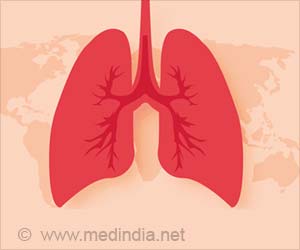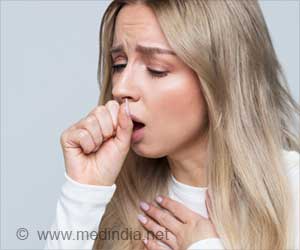
A study at Sahlgrenska Academy, University of Gothenburg, has tracked asthma cases among 13,000 randomly selected adults in Sweden, Norway, Denmark, Iceland and Estonia from 1980 to 2000. According to the study, 429 people had asthma during this period. Seven percent of cases among women were linked to workplace exposure—and among men, the number
The study found that total incidence was 1.3 asthma cases per 1,000 men, and 2.4 cases per 1,000 women.
"To be able to work proactively, it is essential to show which substances at work increase the risk of asthma and which occupations are high-risk," says Linnea Lillienberg, researcher at Sahlgrenska Academy, University of Gothenburg.
According to the study, high-risk occupations include:
- spray painters, who are exposed to diisocyanates in paint
- plumbers, who handle adhesives and foam insulation
- cleaners, who handle detergents
- health care and social services personnel, who are exposed to detergents and latex in latex gloves, especially if the gloves contain powder
- food and tobacco industry workers, who are exposed to proteins from the vegetable kingdom
- hair stylists, who handle chemicals in bleach and nail beauticians, who use fast-acting glue.
"Some people are more susceptible than others. For example, people with hay fever have asthma more often if they're exposed to proteins from plants and animals. But if we look at individuals with no increased susceptibility, the risk was greater among those who were exposed to epoxy and diisocyanates, which are found in glue, varnish and foam plastic. Among women without hay fever, the risk was particularly elevated among those who handled detergents," says Linnea Lillienberg.
Advertisement













